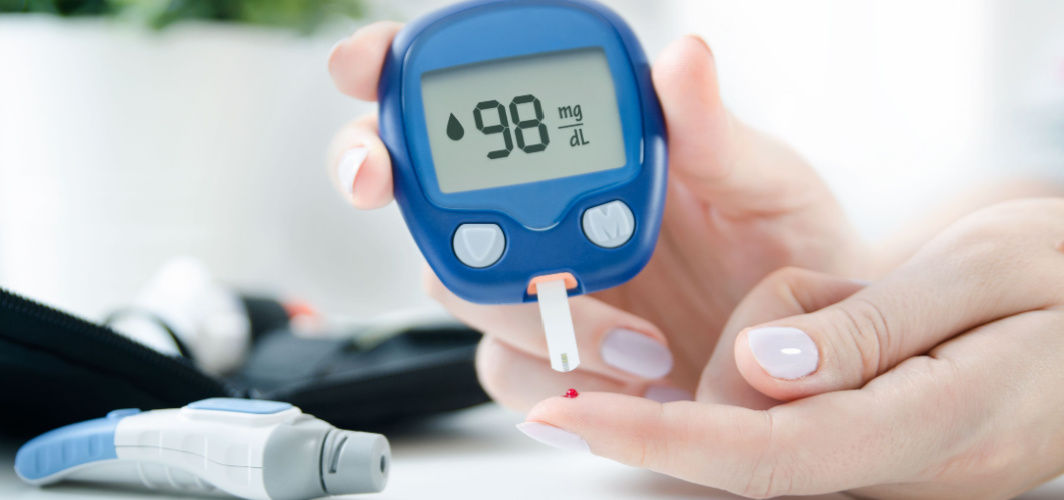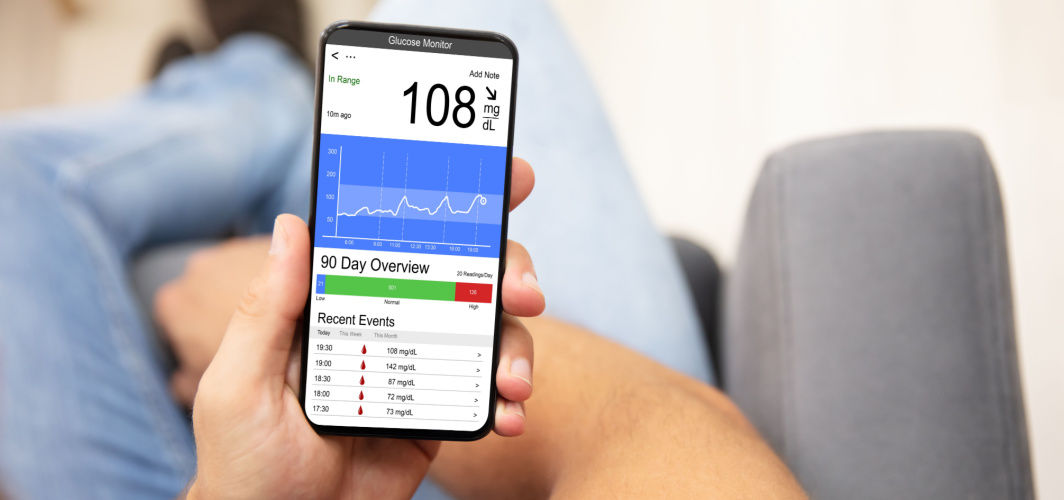Diabetes Management
Monsoon Care for Diabetes: 9 Things Every Diabetic Must Know
2 min read
By Apollo 24|7, Published on - 11 September 2023, Updated on - 14 September 2023
Share this article
0
0 like

Monsoon brings relief from the scorching heat, but for individuals with diabetes, it also introduces unique challenges. The combination of humidity, rain, and fluctuating temperatures can affect blood sugar levels and overall well-being. In this blog, we will discuss some tips for diabetes care during the monsoon season:
1. Monitor Blood Sugar Levels Regularly
Frequent blood sugar monitoring is crucial, especially during the monsoon. Fluctuations in weather can impact insulin sensitivity, so keeping a close eye on your levels will help you make necessary adjustments to your diabetes management plan.
2. Stay Hydrated
Humidity can lead to excessive sweating and dehydration, which can affect blood sugar control. Drink plenty of water throughout the day to stay hydrated.
3. Beware of Contaminated Water
During the monsoon, waterborne diseases are more prevalent. Diabetics should avoid consuming untreated or contaminated water to prevent illness, which can disrupt diabetes management.
4. Choose Seasonal, Low-Glycemic Foods
Opt for seasonal fruits and vegetables, which are not only fresher but can also help regulate blood sugar levels. Focus on low-glycemic foods like
- Leafy greens
- Bitter Gourd
- Cucumber.
5. Maintain Medication Schedule
Stick to your prescribed medication schedule, even on rainy days. Consistency is key in diabetes management.
6. Protect Your Feet
Monsoon puddles and wet surfaces can increase the risk of fungal infections, particularly in the feet. Keep your feet clean, dry, and wear appropriate footwear to prevent infections.
7. Carry Diabetes Essentials
Always carry your diabetes essentials, including glucose tablets or snacks, in case of unexpected delays or emergencies caused by weather-related issues.
8. Be Cautious with Street Food
While enjoying street food during the monsoon can be tempting, be cautious about its cleanliness and its potential impact on blood sugar. Opt for healthier, hygienic options.
9. Seek Medical Advice
If you experience any unusual symptoms or fluctuations in blood sugar levels during the monsoon, consult your healthcare provider promptly for guidance and adjustments to your diabetes management plan.
Conclusion
Monsoon care for individuals with diabetes requires vigilance and adaptation to changing weather conditions. Remember that consistency in diabetes management and being proactive in addressing potential challenges will enable you to enjoy the monsoon while keeping your health in check.
Diabetes Management
Consult Top Diabetologists
View AllLeave Comment
Recommended for you

Diabetes Management
Blood Sugar Monitoring: Is it Important?
Regular blood sugar monitoring is essential, especially for those with diabetes or at risk of it. It offers valuable insights into your health, aiding informed decisions about diet, medication, and lifestyle. This personalized approach helps prevent complications, such as heart disease and nerve damage, by maintaining optimal blood sugar levels. Monitoring also ensures medication effectiveness and promotes lifestyle adjustments, ultimately enhancing your quality of life. To incorporate it into your routine, invest in a glucometer, establish a testing schedule with your healthcare provider, and maintain a record for better guidance.

Diabetes Management
Understanding Estimated Average Glucose (eAG): What Does It Mean?
Estimated Average Glucose (eAG) offers a relatable way to assess long-term blood sugar control in diabetes. Unlike A1C percentages, eAG provides a number similar to daily blood sugar measurements, aiding better understanding and motivation for managing diabetes. It assists healthcare providers in adjusting treatment plans and setting realistic goals. Individuals can make informed decisions by tracking and understanding eAG, fostering healthier and well-managed lives with diabetes.

Diabetes Management
Diabetes and Skin problems: Keep Them at Bay
People with diabetes may experience various skin problems, like darkening of the skin (acanthosis nigricans) in areas like the neck, armpits, and groin; painless patches on the skin (diabetic dermopathy) typically found on the legs; and stiffening of the digits (digital sclerosis) affecting the fingers, toes, and hands. To keep these skin problems at bay, maintain good blood sugar control, practice proper hygiene, moisturize skin regularly, avoid scratching or picking at skin, wear breathable fabrics, and protect skin from excessive sun exposure.
Subscribe
Sign up for our free Health Library Daily Newsletter
Get doctor-approved health tips, news, and more.
Visual Stories

8 Fruits That are Incredibly Healthy for Diabetes
Tap to continue exploring
Recommended for you

Diabetes Management
Blood Sugar Monitoring: Is it Important?
Regular blood sugar monitoring is essential, especially for those with diabetes or at risk of it. It offers valuable insights into your health, aiding informed decisions about diet, medication, and lifestyle. This personalized approach helps prevent complications, such as heart disease and nerve damage, by maintaining optimal blood sugar levels. Monitoring also ensures medication effectiveness and promotes lifestyle adjustments, ultimately enhancing your quality of life. To incorporate it into your routine, invest in a glucometer, establish a testing schedule with your healthcare provider, and maintain a record for better guidance.

Diabetes Management
Understanding Estimated Average Glucose (eAG): What Does It Mean?
Estimated Average Glucose (eAG) offers a relatable way to assess long-term blood sugar control in diabetes. Unlike A1C percentages, eAG provides a number similar to daily blood sugar measurements, aiding better understanding and motivation for managing diabetes. It assists healthcare providers in adjusting treatment plans and setting realistic goals. Individuals can make informed decisions by tracking and understanding eAG, fostering healthier and well-managed lives with diabetes.

Diabetes Management
Diabetes and Skin problems: Keep Them at Bay
People with diabetes may experience various skin problems, like darkening of the skin (acanthosis nigricans) in areas like the neck, armpits, and groin; painless patches on the skin (diabetic dermopathy) typically found on the legs; and stiffening of the digits (digital sclerosis) affecting the fingers, toes, and hands. To keep these skin problems at bay, maintain good blood sugar control, practice proper hygiene, moisturize skin regularly, avoid scratching or picking at skin, wear breathable fabrics, and protect skin from excessive sun exposure.